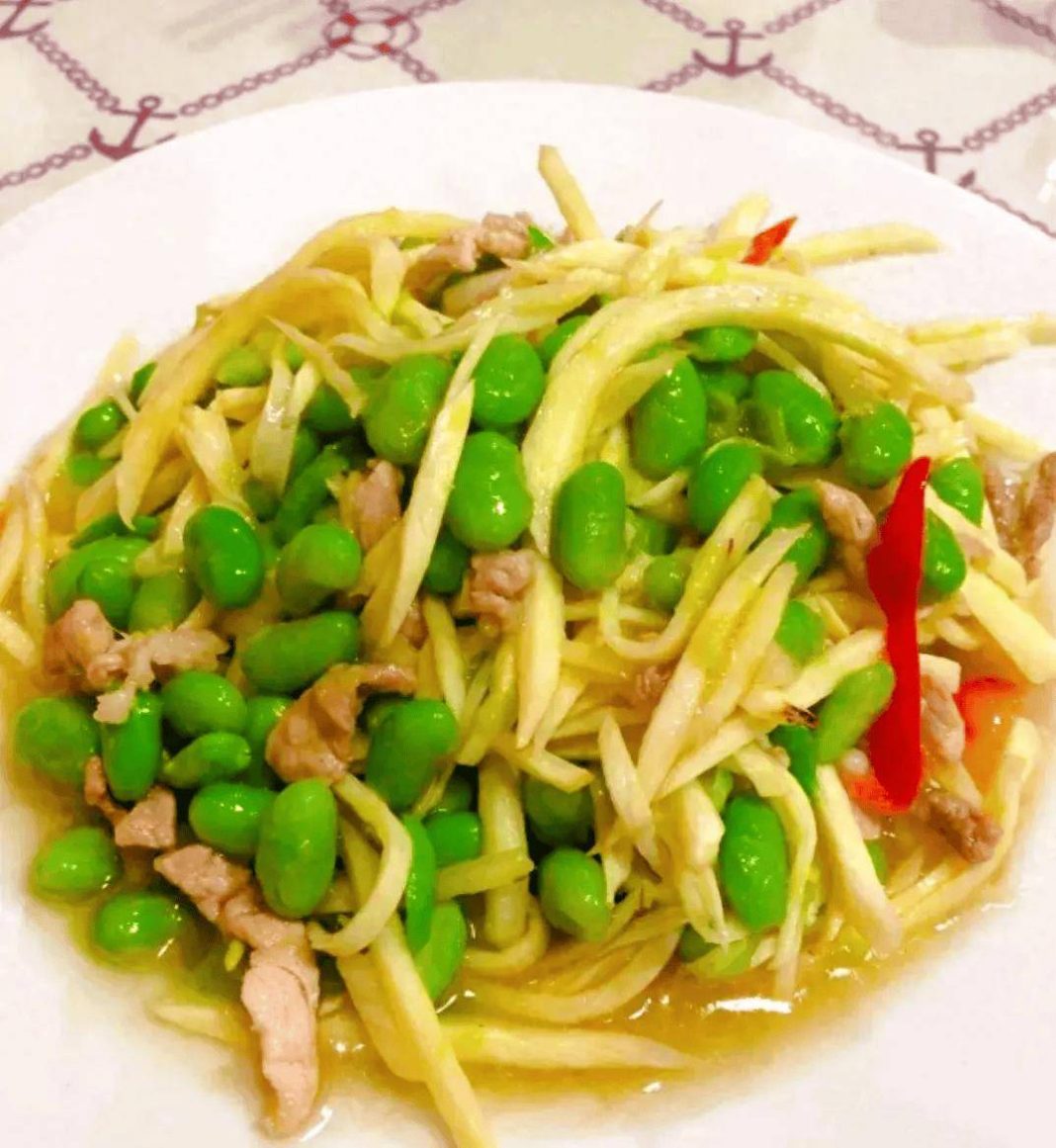“Summer has not yet passed, but the sound of autumn is already in the air.” There are a few more days until the beginning of autumn. Liqiu is the first solar term of autumn. Although its arrival does not immediately mean a drop in temperature, the summer heat and humidity have subsided slightly, making mornings and evenings a bit more comfortable.
Elderly people have weaker physical constitution and after enduring a difficult period of high temperatures, their bodies have experienced significant depletion and require timely nutrient replenishment. There is a saying in autumn about “putting on autumn fat,” so how should the elderly go about it? It is recommended for the elderly to eat less mutton and more of the following five foods for nourishment without getting overheated.
Why eat less mutton?
During the hottest days in China, many areas advocate consuming mutton, using a “heat treating heat” method to relieve the heat. However, it is advised to consume less mutton when autumn begins because of the dry weather, compounded with the lingering summer humidity, excessive consumption of mutton can lead to internal heat.
Eat more of these five foods:
(1) Jiao Bai:
1. Take out two Jiao Bai stems, remove the bottom part. Rinse the Jiao Bai and shred it. Boil water in a pot, then add the shredded Jiao Bai to cook. Once soft, rinse in cold water and squeeze out excess water.
2. Wash 150g of edamame beans, boil them in the pot used for cooking Jiao Bai for 3 minutes. Remove the edamame, rinse with cold water, and drain.
3. Wash and slice 100g pork tenderloin, put it in a bowl. Add soy sauce, starch, and cooking oil, mix clockwise, marinate for a few minutes.
4. Heat oil in the pan, sauté garlic and chili until fragrant. Add the pork strips, stir-fry until they change color, then add the edamame and stir-fry together for a while.
5. Once the edamame is almost cooked, add the Jiao Bai, some salt, and soy sauce for seasoning. Stir-fry, then add water starch to thicken the sauce. Stir well and serve.
(2) Beef:
1. Prepare 200g asparagus, trim the ends. Cut the asparagus into small pieces, soak in lightly salted water for 10 minutes. Rinse, then blanch in boiling water with salt and cooking oil for 30 seconds. Remove, rinse in cold water, and drain.
2. Wash 150g beef tenderloin, cut into small pieces against the grain. Marinate in a bowl with ginger water, pepper, soy sauce, starch, clockwise stirring. Add some cooking oil and mix well.
3. Heat vegetable oil in a pan, sauté garlic, add the beef and stir-fry until color changes. Then add the asparagus and stir-fry for a while.
4. Season with salt, stir well, and serve.
(3) Tofu:
1. Take 500g beef brisket, cut into small pieces, soak in water with flour. Wash, then drain.
2. Boil water in a pot, add beef. Add scallion knot, ginger slices, dried chili, Sichuan peppercorns, yellow wine, hawthorn, a little anise, 2 bay leaves, and start cooking. Skim off foam when water boils, simmer on low heat until beef is tender.
3. Remove the seasoning from the pot, cut previously soaked tofu into small pieces, add to the pot with a little salt and simmer.
4. When the tofu’s surface has many small holes, season with a little salt, sprinkle with chopped green onions, and cook for a few seconds before serving.
(4) Winter Melon:
1. Take 200g winter melon, peel and deseed, rinse. Drain and cut into slightly thicker slices.
2. Take 200g front leg meat, wash, remove pigskin. Cut the meat into small pieces, mince, put into a bowl. Gradually mix in scallion-ginger water clockwise until sticky.
3. Heat some lard in a pan, sauté garlic. Add winter melon, stir-fry until color changes, then add a bowl of water to cook. When the water boils, make meatballs and cook until they float.
4. Remove foam, season with some salt and MSG, sprinkle with chopped scallions and serve.
(5) Okra:
1. Take 200g okra, put in a large bowl. Add a spoonful of flour, then pour in cold water to cover the okra, wash and drain. Cut off the okra stems.
2. Boil water in a pot, add salt and cooking oil. Blanch the okra, cook for 20 seconds, then remove and cool. Cut into small pieces and put in a bowl.
3. Crack 3 eggs into the bowl with okra, add a little salt and soy sauce, mix well.
4. Heat lard in a pan, sauté garlic and chili. Pour the okra mixture into the pan, cook on high heat. Once the bottom slightly sets, gently stir with a spatula until the egg solidifies, then serve.


